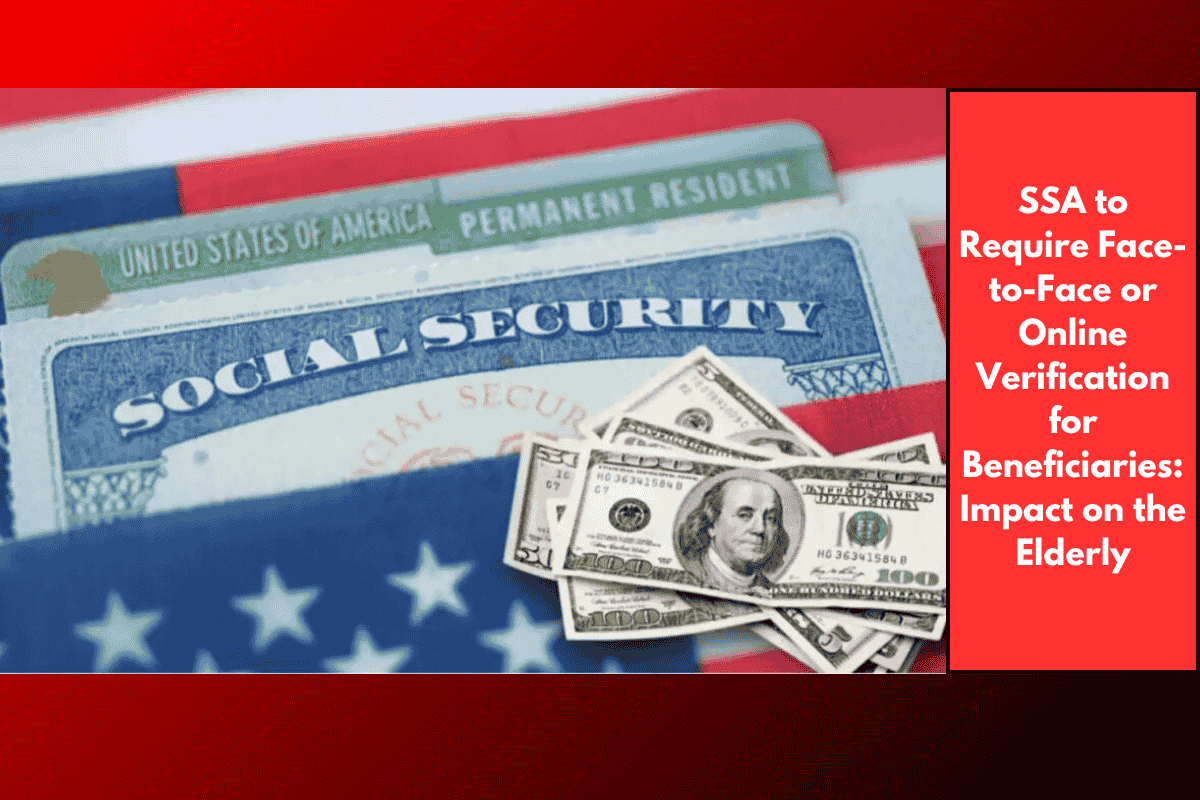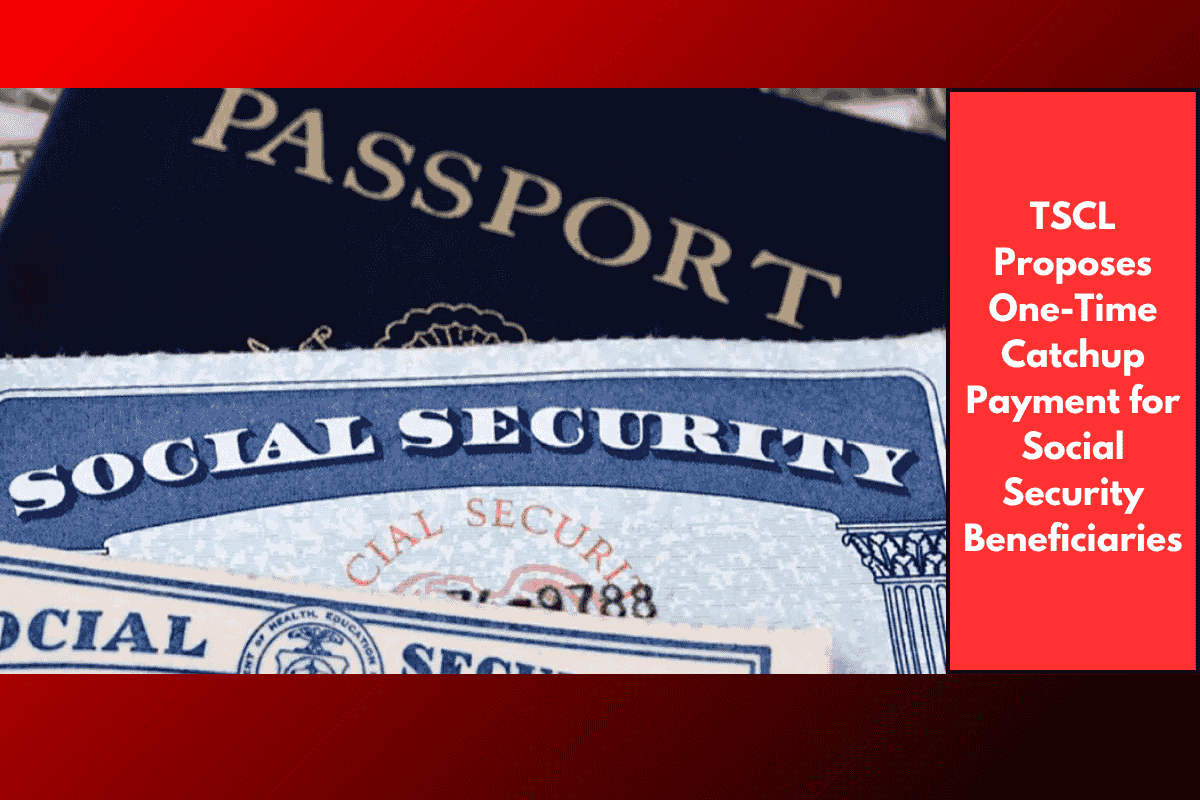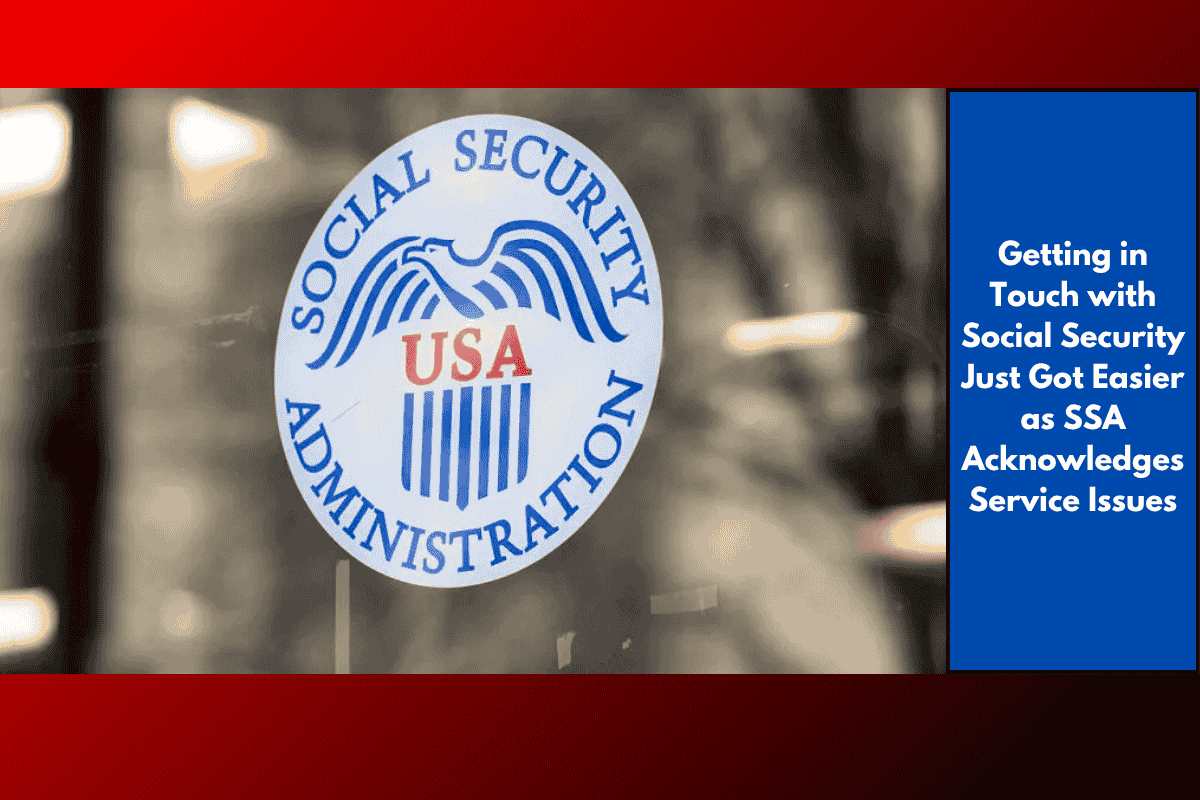In a significant shift, the Social Security Administration (SSA), under the leadership of Commissioner Frank Bisignano, plans to introduce a new requirement for face-to-face or online verification for beneficiaries. This change, part of an effort to digitalize SSA procedures and prevent potential identity fraud, has raised concerns, particularly among older adults and people with disabilities.
Proposed Changes to SSA Procedures
Since the appointment of Frank Bisignano by former President Trump, the SSA has undergone several modifications, focusing on digitalizing operations to increase efficiency and security. The most recent proposal mandates that any transaction with the SSA must be preceded by identification through the online mySocialSecurity portal or through a physical visit to an SSA office.
The proposed change would take effect starting August 18, 2025, requiring beneficiaries to verify their identity online by using a unique PIN provided through the mySocialSecurity portal. If online verification isn’t an option, they would need to visit an SSA office in person.
Impact on the Elderly and Disabled Beneficiaries
The shift to online verification presents significant challenges, particularly for elderly and disabled beneficiaries. Many of these individuals have traditionally handled their Social Security transactions by phone, a process they found more accessible and convenient. According to Nancy LeaMond, Director of Promotion and Engagement at AARP, these changes could create serious barriers for older adults, particularly those living in rural areas where access to the internet or SSA offices may be limited. LeaMond pointed out that seniors would be required to either wait for long periods on hold, schedule inconvenient appointments, or travel to SSA offices, which could be costly and time-consuming.
Criticisms of the New Proposal
Many advocacy groups are raising concerns over the potential difficulties this policy could cause, with Kathleen Romig, Director of Social Security and Disability Policy at the Center on Budget and Policy Priorities, arguing that there has been no evidence of widespread fraud that would justify such a measure. She warns that the changes could lead to an increase in field visits, requiring beneficiaries to spend 3 million additional hours traveling to offices. This would place unnecessary burdens on those already struggling with access to Social Security services.
Defending the Policy
While the policy is primarily aimed at preventing fraud, some argue that it could create even more problems than it solves. The move to online verification could disproportionately affect seniors who may not be familiar with technology or those who face challenges navigating the digital world.
However, Frank Bisignano and other SSA officials argue that the changes are necessary to protect Social Security from fraud, which has been a growing concern as digital systems become more prevalent. While the SSA Commissioner has acknowledged the concerns of advocacy groups, he maintains that these measures are essential to improve security for all Social Security beneficiaries.
The planned verification requirement set for August 18, 2025, could impact millions of elderly and disabled individuals who rely on phone-based services to manage their Social Security transactions. With concerns from AARP and other advocacy groups, the policy may face pushback, and it remains to be seen whether changes will be made to address the issues of accessibility for older adults and people with disabilities.














